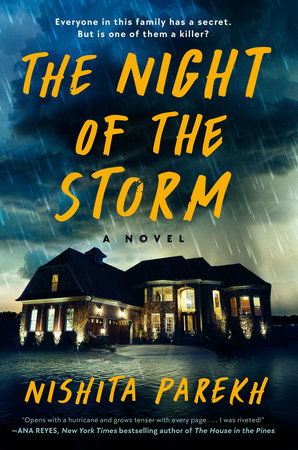Nishita Parekh's The Night of the Storm is a powerful and evocative historical fiction novel that transports readers to Mumbai in 1928, a city grappling with the devastating consequences of the worst floods it had ever seen. Through the eyes of our protagonist, a young woman named Lila, we witness the city's struggle for survival as torrential rains and overflowing rivers unleash chaos and destruction.

A Vivid Portrayal of a City in Crisis
Parekh's writing is masterful, painting a vivid picture of Mumbai under siege. The sights, sounds, and smells of the flood are brought to life in her evocative prose, making it easy for readers to imagine the desperation and fear that gripped the city. We see Lila navigate through flooded streets, makeshift shelters, and the ever-present threat of disease, her resilience tested at every turn.
A Story of Hope and Resilience
But The Night of the Storm is not just a story of disaster. It is also a testament to the human spirit's ability to overcome adversity. Lila's strength and determination in the face of unimaginable hardship are truly inspiring. She finds solace and support in her community, forging bonds with fellow survivors that transcend social barriers.
Themes of Love, Loss, and Identity
The novel also explores themes of love, loss, and identity. Lila's journey is one of self-discovery, as she grapples with the loss of her family and confronts the societal constraints placed upon her as a woman. The flood becomes a catalyst for change, forcing her to question the norms of her life and forge her own path.
A Must-Read for Historical Fiction Fans
The Night of the Storm is a must-read for fans of historical fiction. It is a gripping and emotional story that will stay with you long after you turn the last page. Parekh's masterful storytelling and evocative descriptions bring Mumbai to life, making it a truly immersive reading experience.
Summary
Lila, a young woman in 1928 Mumbai, fights for survival amidst devastating floods, forging resilience and self-discovery amid loss, love, and societal barriers.



